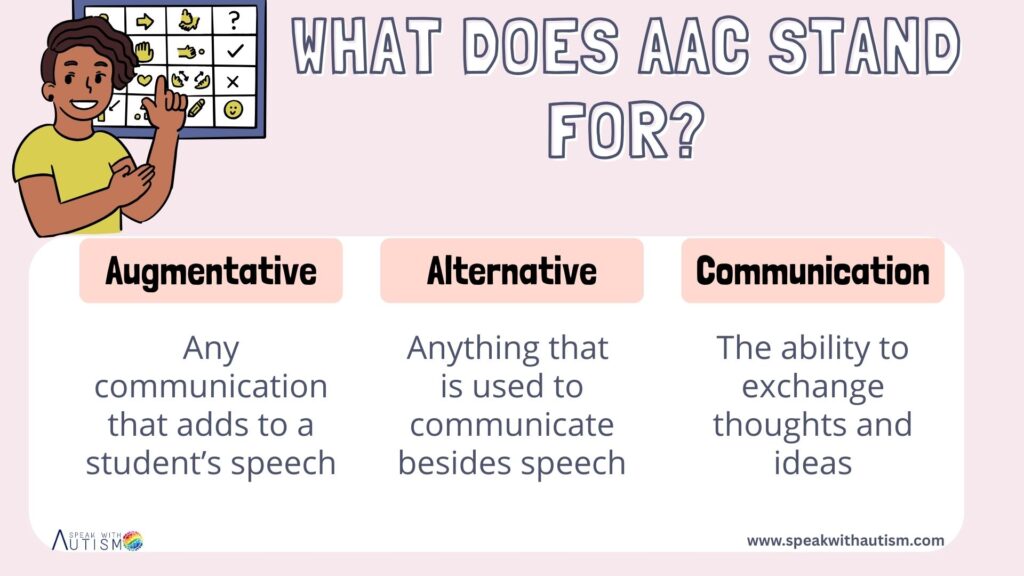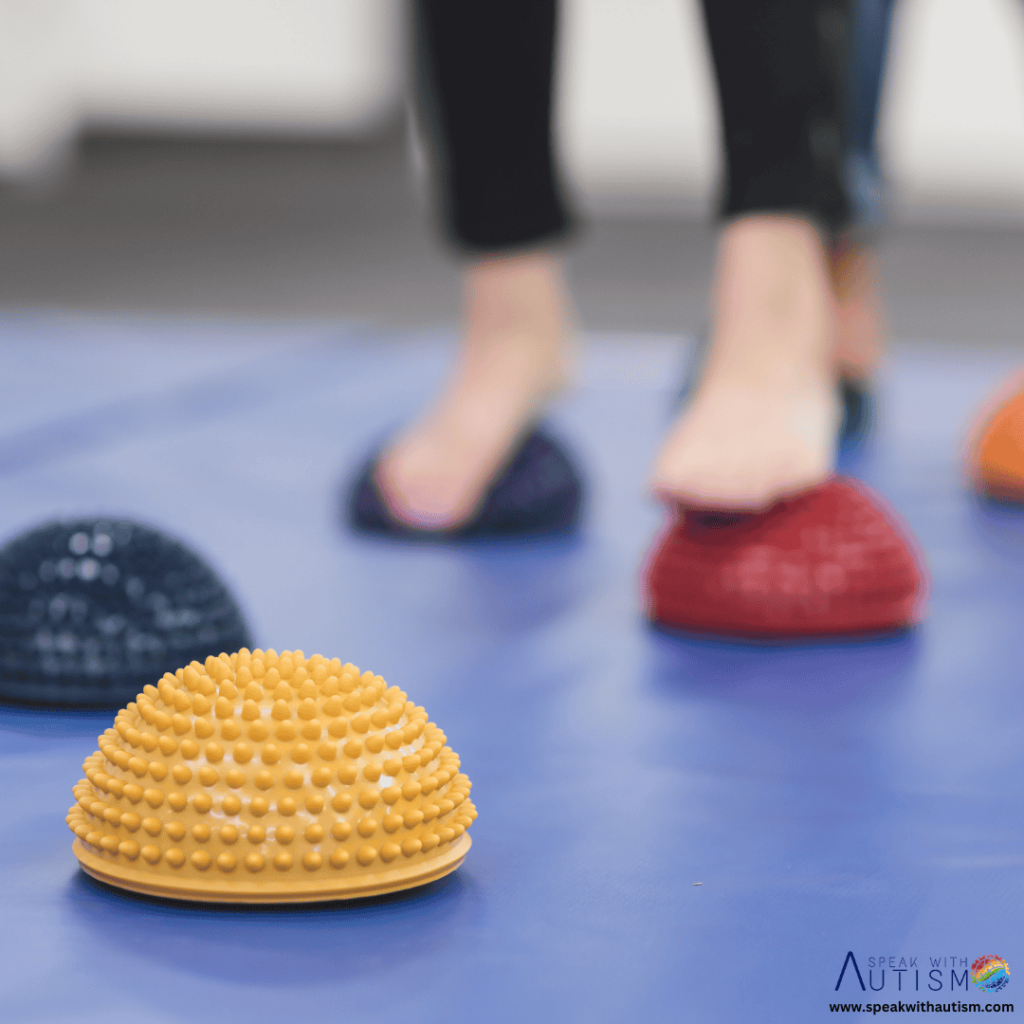Devices and Toys to Help Nonverbal Children Speak: Helping a nonverbal autistic child develop verbal skills can be a gradual process. However, with the right tools, toys, and techniques, you can encourage communication in a fun and engaging way. Below are some of the most effective devices and toys that can support speech development.
Table of Contents
1. Communication Devices (AAC Devices)
Augmentative and Alternative Communication (AAC) devices provide nonverbal children with a way to express themselves and can also encourage verbal speech over time.

- ✅Tiny Talker Too – A small, portable device with 12 recordable buttons. You can record simple words like “eat,” “drink,” or “play,” allowing your child to press the buttons and hear the words, which helps in learning and repeating sounds.
- ✅Talker Buddy Communication Device – This AAC device allows custom recordings of frequently used words like “mummy,” “water,” or “game.” It helps children associate words with objects and actions, supporting early speech development.
- ✅PECS (Picture Exchange Communication System) – A low-tech communication system using picture cards. You can place images of food, toys, or daily activities on cards, encouraging your child to point and eventually attempt saying the words.
2. Musical Toys
Music plays a crucial role in language development by enhancing sound recognition and rhythm.
- Baby Einstein Musical Instruments – Instruments like small drums, maracas, or a xylophone introduce sound patterns. You can say “boom” or “tap” while playing and encourage your child to repeat the words.
- Interactive Singing Toys – Toys like the “Sing-Along Microphone” or “Fisher-Price Laugh & Learn Smart Stages Puppy” play songs and phrases. They encourage children to mimic sounds and sing along.
3. Cause-and-Effect Toys
These toys help children understand that their actions lead to a reaction, motivating them to engage verbally.
- Fat Brain Toys PipSquigz – Colorful suction toys that make a “pop” sound when pulled. You can say “pop!” each time and encourage your child to imitate the sound.
- Playskool Busy Ball Popper – A toy where balls pop up when a button is pressed. You can use words like “up,” “go,” or “push” to reinforce verbal learning.
4. Sound-Based Books
Books with sounds can help children link words with their meanings.
- Touch-and-Feel Sound Books – Books like Noisy Farm and Sing-Along Nursery Rhymes have interactive sound buttons that play words or animal sounds, making language learning engaging.
- Customizable Recordable Books – Some books allow you to record your own voice, letting you personalize words and phrases your child can listen to and try to repeat.
5. Sensory Toys with Verbal Prompts
Sensory toys help engage children’s senses and create opportunities for verbal communication.


- Therapy Putty with Words – Squeezing putty while saying words like “push” or “pull” can help children associate actions with sounds.
- Sensory Balls – Textured balls (soft, bumpy, smooth) introduce words like “soft,” “bumpy,” or “roll.” You can describe textures while playing to reinforce vocabulary.
Where to Buy These Toys?
- Online Stores – Available on platforms like Amazon, Flipkart, and FirstCry. Search for “AAC devices for autism” or “sensory toys for speech development.”
- Local Therapy Centers – Some autism therapy centers offer customized or second-hand communication devices.
- DIY Options – If you’re on a budget, you can create homemade versions of some tools, like DIY picture cards for PECS or using household objects for sensory play.
A Simple Plan to Start
Begin with one toy or device, such as Tiny Talker Too. Set aside 10-15 minutes daily for interaction. For example, record the word “play” on the device. When your child presses the button, say “play!” and hand them a toy. With consistency, they may start trying to mimic the sounds.
Every child learns at their own pace, so patience and encouragement are key. If you need personalized recommendations or more information, feel free to ask. Your love and efforts will make a meaningful impact on your child’s communication journey.
Frequently Asked Questions (FAQ’s): Devices and Toys to Help Nonverbal Children Speak
Can AAC devices stop my child from speaking naturally?
No, AAC (Augmentative and Alternative Communication) devices do not stop natural speech development. In fact, research shows that AAC devices support verbal speech by reducing frustration and giving children a way to communicate. Over time, many children start using verbal speech along with their AAC device.
At what age should I introduce communication devices or speech-related toys?
It is best to introduce them as early as possible, ideally when you notice delays in speech development (as early as 18 months to 2 years). However, AAC devices and speech-related toys can be used at any age, even for older children who are struggling with verbal communication.
How can musical toys help my nonverbal child?
Music stimulates different areas of the brain involved in speech. Musical toys with interactive buttons, rhymes, and rhythms help children recognize sounds, words, and patterns. Singing along with them using simple words like “la la” or “boom boom” can encourage them to vocalize.
Are electronic toys better than traditional speech-building toys?
Both types have benefits. Electronic toys (like recordable books or AAC devices) provide instant feedback, which is motivating. Traditional toys (like PECS cards or textured sensory balls) improve focus and physical interaction. A mix of both is ideal.

tzZhUuHq iJQ vXVhQ